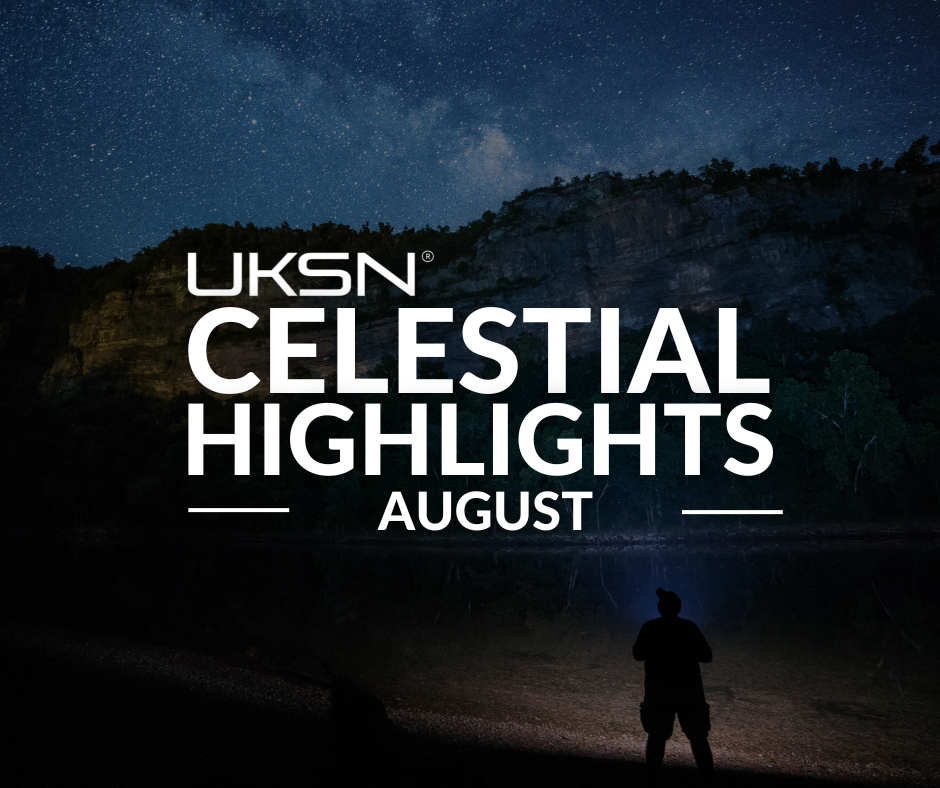September Stargazing: Top Celestial Highlights
- UKSN

- Sep 8
- 2 min read
September brings crisp evenings, longer nights, and some of the clearest skies of the year. As autumn begins, stargazers can enjoy bright planets, the return of dark skies, and one of the most important moments in the astronomical calendar — the Autumn Equinox.
Grab a jumper, head outside, and let’s explore what September has in store!

The Autumn Equinox
On September 22, the Sun crosses the celestial equator, marking the start of autumn in the Northern Hemisphere. Day and night are almost equal in length, and from here on, nights grow longer - perfect for astronomy lovers!
The equinox is also a great time to enjoy sunsets and sunrises, as the Sun rises exactly in the east and sets exactly in the west.
The Harvest Moon
This month’s full moon is the Harvest Moon, peaking on September 18. Unlike other full moons, the Harvest Moon rises soon after sunset for several nights in a row, giving farmers extra light to gather crops.
Look for its golden glow near the horizon - a truly atmospheric sight that makes September a favourite for moon photography.
Planets on Show
September is a brilliant month for planetary viewing:
Saturn remains a stunning evening object, high in the southeast after sunset. Its rings are still a beautiful sight through even a small telescope.
Jupiter steals the show later in the night, rising earlier each evening and shining brightly in the east. By late September, it will be up before 9pm.
Mars remains faint and low in the early morning, but worth a look.
Venus blazes as the “Morning Star” - dazzling in the pre-dawn sky.
Autumn Constellations
With the season changing, the constellations shift too:
Pegasus, the winged horse, climbs higher in the east - its famous “Great Square” is a key marker of autumn skies.
Andromeda stretches out from Pegasus, home to the Andromeda Galaxy (M31), our closest galactic neighbour. Under dark skies, it can be seen with the naked eye!
Cassiopeia, shaped like a big “W”, is high overhead - a perfect guide to the Andromeda Galaxy.
The Summer Triangle (Vega, Altair, Deneb) still dominates the evenings, but now shares the sky with these autumn favourites.
The Milky Way Fades
September is the last good month to enjoy the Milky Way’s bright core. By late evening, it stretches across the southwest sky, packed with star clusters and nebulae. As autumn deepens, the core sinks earlier each night, so make the most of it while you can!

September Stargazing Challenge: Spot the Double Cluster in Perseus!
This beautiful pair of star clusters sits between Cassiopeia and Perseus, and is a treat through binoculars.
How to find it:
Look for Cassiopeia’s “W” high in the northeast.
Between the middle of the “W” and Perseus lies a faint glow - that’s the Double Cluster.
Through binoculars, it bursts into view with hundreds of stars packed close together.
Final Thought
September is a month of transition: summer constellations fading, autumn ones rising, and nights growing longer. With Jupiter and Saturn shining brightly, the Harvest Moon glowing golden, and the equinox marking the change of seasons, there’s so much to enjoy.
Clear skies, and happy autumn stargazing!

.png)







Comments